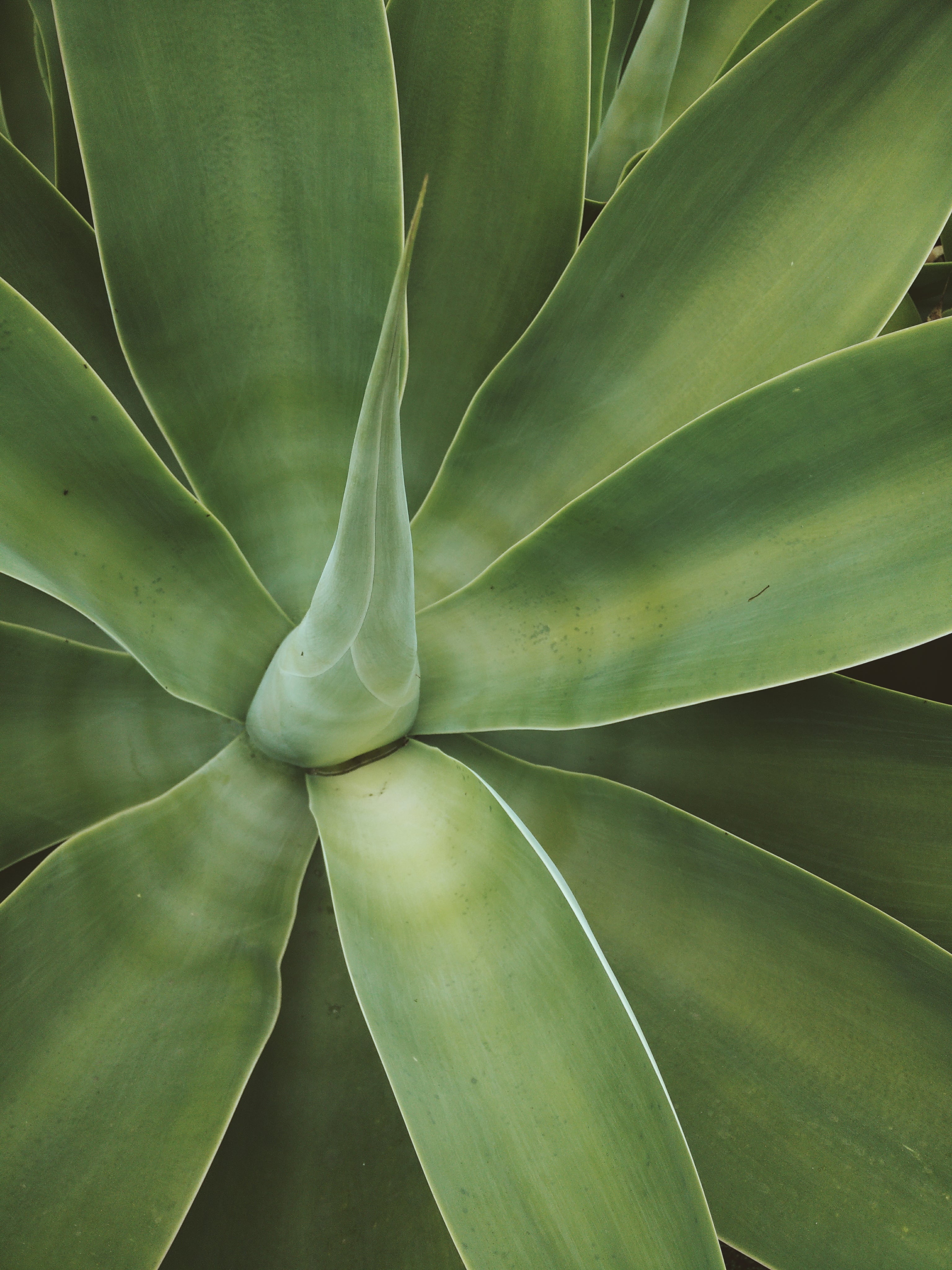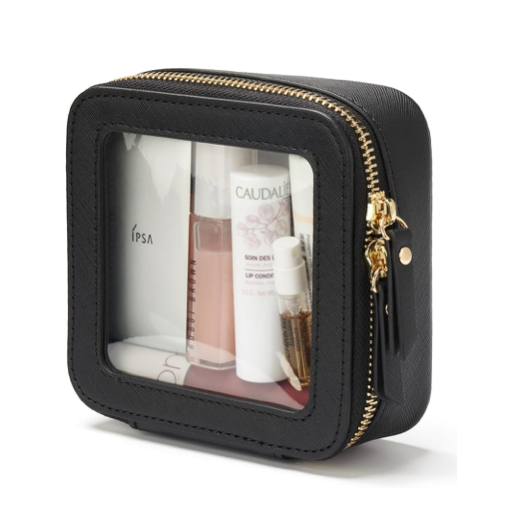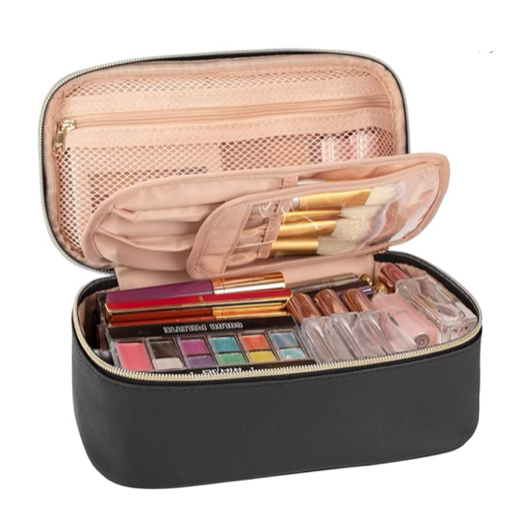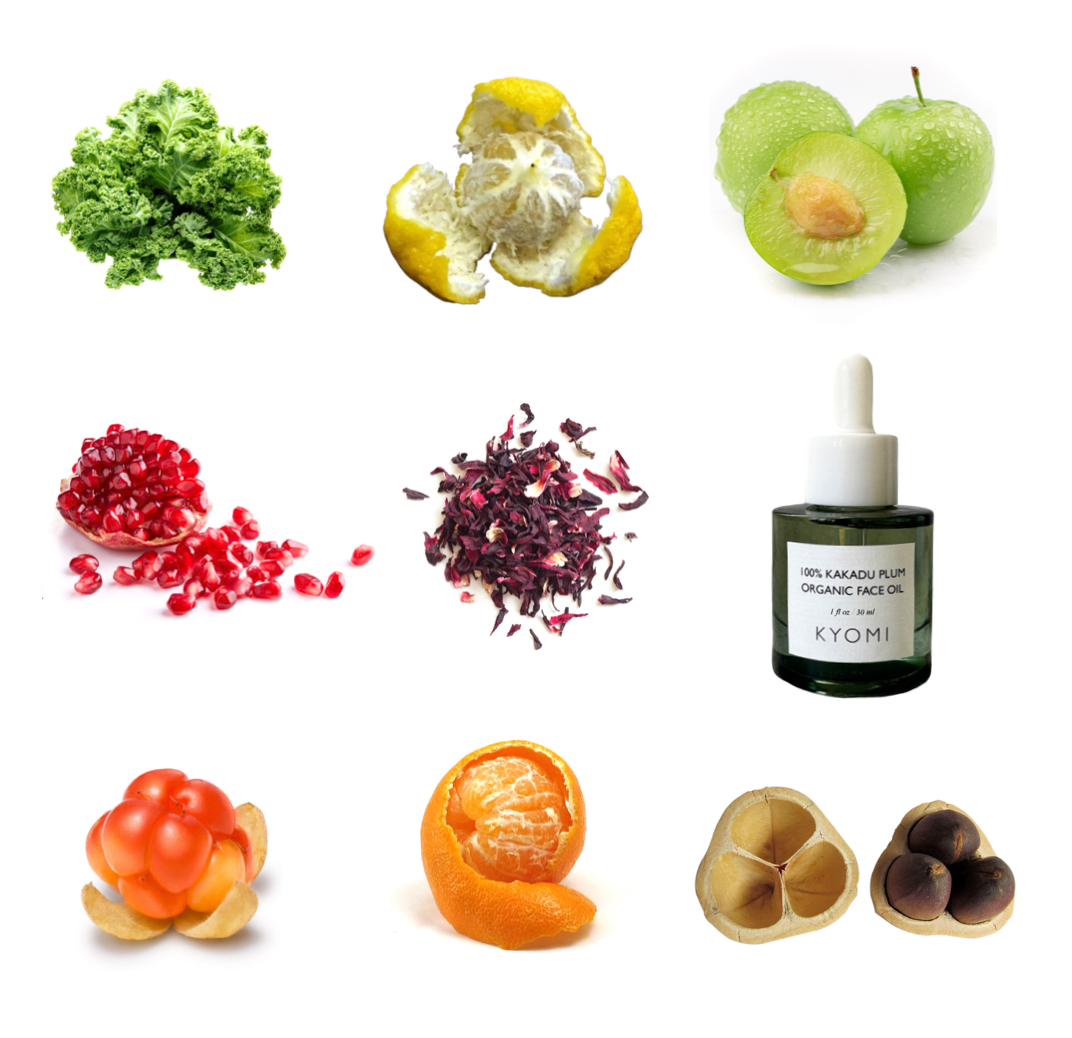How Often Should You Cleanse? Dermatologist
If there’s one skincare step most of us don’t give enough thought to, it’s cleansing. It seems simple — splash some water, foam up a cleanser, and rinse. But according to dermatologists, how often you cleanse — and how you do it — plays a critical role in how your skin ages. Over-cleansing can disrupt the barrier and accelerate fine lines. Under-cleansing can lead to dullness, breakouts, and oxidative stress that prematurely ages skin.
So, what’s the right balance? As we move into 2026, skincare science is clear: the key to radiant, resilient, youthful skin starts with a smart cleansing strategy tailored to your skin type and lifestyle. Below, we’ll break down how often you should really cleanse, what dermatologists recommend for aging skin, and how to build a cleansing routine that supports long-term skin health — plus which formulas to reach for when results matter.
Why Cleansing Matters More Than You Think
Cleansing is more than just removing dirt or makeup — it’s the foundation of every effective skincare routine. Daily exposure to pollutants, sweat, excess sebum, sunscreen, and cosmetic residue builds up on the skin and contributes to oxidative stress, barrier dysfunction, and inflammation — three major drivers of accelerated skin aging [1].
When you cleanse properly, you’re doing much more than cleaning the surface:
-
Preventing oxidative stress: Pollution and particulate matter left on the skin generate free radicals, which degrade collagen and elastin [2].
-
Optimizing product penetration: Serums and treatments absorb better into clean skin, improving their anti-aging effects [3].
-
Supporting cell turnover: Removing dead cells helps prevent dullness and uneven tone, both of which contribute to an aged appearance [4].
-
Maintaining a healthy microbiome: Gentle cleansing supports the balance of beneficial skin bacteria, which are linked to reduced inflammation and better barrier function [5].
How Often Should You Cleanse? The Dermatologist Consensus
The ideal cleansing frequency isn’t the same for everyone — it depends on your skin type, environment, and lifestyle. However, dermatologists agree on a few core guidelines when the goal is healthy aging.
1. Twice a Day Is the Gold Standard — But Technique Matters
Most dermatologists recommend cleansing twice daily — once in the morning and once at night [6]. However, the typeof cleanser and how you cleanse matter just as much as the frequency.
-
Morning cleanse: A gentle, hydrating cleanser removes overnight sebum, sweat, and skincare residue, prepping your skin for serums and SPF.
-
Evening cleanse: This is non-negotiable. Evening cleansing removes pollutants, sunscreen, and makeup — all of which can trigger oxidative stress and accelerate aging if left overnight [7].
Tip: Choose a sulfate-free, pH-balanced cleanser that respects the skin barrier. Overly harsh cleansers can strip natural oils, leading to dryness, irritation, and faster visible aging [8].
2. Consider Single Cleansing in the Morning for Dry or Mature Skin
If your skin is mature, dry, or sensitive, cleansing once daily at night and simply rinsing with lukewarm water in the morning may be enough. Over-cleansing can weaken the lipid barrier, leading to chronic dryness — a major factor in loss of elasticity and fine lines [9].
This “one full cleanse per day” approach helps retain natural moisture and keeps the barrier intact while still removing impurities at night when buildup is greatest.
3. Double Cleanse at Night — Especially If You Wear Sunscreen or Makeup
A single cleanse often isn’t enough to remove modern SPF or long-wear foundation. Dermatologists now widely recommend the double cleanse method:
-
Oil-based cleanse: Dissolves makeup, SPF, and sebum without stripping the skin.
-
Gel-based cleanse: Removes sweat, debris, and remaining impurities.
Double cleansing has been shown to reduce oxidative stress markers and improve barrier recovery, particularly in polluted urban environments [10].
Try: Yuzu Melt Cleansing Oil followed by Pomegranate Kalel Gel Cleanser — a two-step system designed to deeply cleanse without disrupting the skin’s natural balance.
How Over-Cleansing Accelerates Aging
It might feel satisfying to have that “squeaky clean” feeling after washing your face, but it’s actually a red flag. Over-cleansing — either from washing too often or using harsh formulas — strips away lipids and proteins essential to the skin barrier [11].
This can set off a cascade of aging accelerators:
-
Barrier disruption: A compromised barrier loses moisture faster, causing dehydration and fine lines [12].
-
Inflammation: Stripping the skin increases inflammation, which accelerates collagen breakdown [13].
-
Increased sensitivity: Chronic irritation from over-cleansing can weaken resilience and lead to visible redness and irritation.
The takeaway? Your skin should feel soft and comfortable after cleansing, never tight or dry.
How Lifestyle and Environment Influence Cleansing Frequency
Your ideal cleansing routine may shift based on your environment, lifestyle, and skin behavior.
-
Polluted urban areas: Evening double cleansing is crucial to remove particulate matter linked to premature skin aging [14].
-
Humid climates or sweaty workouts: An extra rinse or gentle midday cleanse may be needed to remove sweat and prevent clogged pores.
-
Dry or cold climates: Reduce cleansing frequency or use richer, oil-based cleansers to prevent barrier damage.
Signs You’re Cleansing Too Much — or Too Little
Finding your ideal cleansing frequency is about listening to your skin. Here’s how to know when to adjust:
Signs of over-cleansing:
-
Tightness or dryness after washing
-
Increased redness or sensitivity
-
Flaking or rough texture
-
Sudden increase in fine lines or dullness
Signs of under-cleansing:
-
Dull, uneven tone
-
Frequent breakouts
-
Poor absorption of skincare products
-
Makeup or sunscreen buildup
If you’re experiencing any of these, reevaluate your routine and switch to a more barrier-friendly formula.
Best Cleansing Practices for Healthy, Youthful Skin
Dermatologists emphasize that how you cleanse is just as important as how often:
-
Use lukewarm water: Hot water accelerates moisture loss and weakens the barrier.
-
Limit cleansing time: 30–45 seconds is enough. Over-washing increases irritation.
-
Massage gently: Use fingertips, not harsh scrubs or brushes.
-
Pat, don’t rub, dry: Friction can contribute to fine lines over time.
-
Follow with hydration: Always apply a hydrating serum or moisturizer immediately after cleansing to lock in moisture.
Try: Pomegranate Kale Botanical Gel Cleanser — a sulfate-free formula enriched with botanical extracts and hyaluronic acid to remove impurities while supporting barrier health.
The Role of Cleansing in an Anti-Aging Routine
Cleansing is often underestimated, but dermatologists consistently stress that it’s foundational to any anti-aging regimen. A compromised cleansing routine undermines even the most expensive serums or creams by preventing them from penetrating properly.
Moreover, barrier integrity is directly linked to how skin ages. Studies show that individuals with a stronger lipid barrier exhibit fewer fine lines and less visible sagging over time [15]. Since proper cleansing is essential to maintaining that barrier, it’s not just a hygiene step — it’s an anti-aging strategy.
Final Thoughts: Cleansing as a Cornerstone of Youthful Skin
Healthy, youthful skin isn’t about how many products you use — it’s about how well they work together. And none of them can do their job if cleansing isn’t dialed in. Think of it as resetting the canvas every morning and night, preparing your skin to absorb nutrients, repair damage, and renew itself.
In 2026, the smartest approach is simple: cleanse twice daily with gentle, pH-balanced formulas, adjust frequency based on your skin type and environment, and double cleanse at night if you wear sunscreen or makeup. Above all, listen to your skin — if it feels tight, dry, or irritated, you’re probably cleansing too often.
When done right, cleansing isn’t just a step — it’s the foundation of skin longevity.
References
-
Farage, M.A. et al. “Intrinsic and extrinsic factors in skin aging.” Dermatology Times, 2024.
-
Vierkötter, A. et al. “Pollution and skin aging.” Journal of Investigative Dermatology, 2023.
-
Draelos, Z.D. “Enhancing product penetration.” Skin Pharmacology and Physiology, 2023.
-
Ganceviciene, R. et al. “Skin cell turnover and aging.” Clinical Dermatology, 2023.
-
Sanford, J.A. et al. “Skin microbiome in barrier function.” Nature Reviews Microbiology, 2022.
-
Zeichner, J.A. “Cleansing recommendations for aging skin.” Journal of Cosmetic Dermatology, 2023.
-
Dreno, B. et al. “Importance of evening cleansing.” International Journal of Cosmetic Science, 2024.
-
Loden, M. et al. “Impact of surfactants on the skin barrier.” Contact Dermatitis, 2023.
-
Levin, J. et al. “Over-cleansing and skin aging.” Dermatologic Therapy, 2022.
-
Kang, S. et al. “Double cleansing and pollutant removal.” Cosmetic Dermatology, 2023.
-
Proksch, E. “Lipid depletion and barrier impairment.” Experimental Dermatology, 2022.
-
Elias, P.M. “Barrier disruption and moisture loss.” International Journal of Molecular Sciences, 2023.
-
Chen, L. et al. “Inflammaging and collagen degradation.” Aging Cell, 2023.
-
Krutmann, J. “Urban pollution and extrinsic aging.” Photodermatology, Photoimmunology & Photomedicine, 2023.
-
Kim, S. et al. “Barrier strength and visible aging.” Journal of Dermatological Science, 2023.












